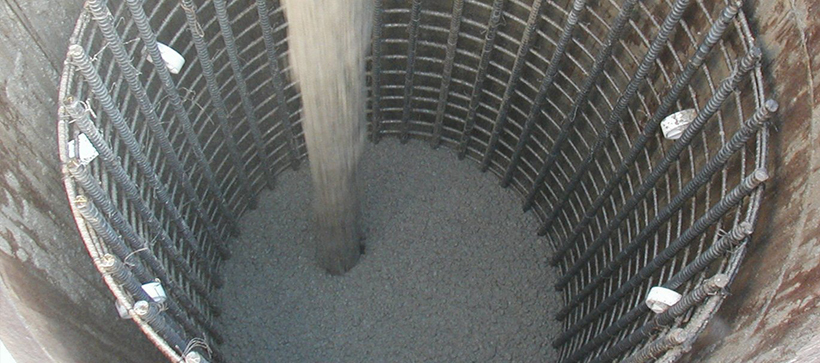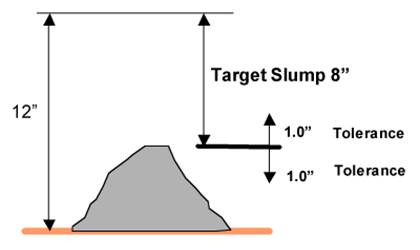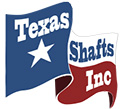

Concreting Operations
Concreting of the shaft is the final step in the construction process itself. Up until this time, the Contractor has been willing to spend time with the Inspector but often this changes once the concrete is on the way. There are generally time limits, slump requirements, etc., a whole host of issues or potential problems that can occur during this phase. Remember, if concreting goes bad, the shaft is lost and everything the Contractor has done up until this point is essentially lost.
The Inspector needs to perform their duties promptly and efficiently. Speed is of the essence, but do not sacrifice quality and thoroughness.These duties may, depending upon the specifications, include performing standard field concrete tests, monitoring concrete placement and development of the placement curves.
Concrete Type and Slump
When the concrete arrives on-site, the Inspector may be required to verify the proper mix design is being delivered, that it meets the slump requirements and perform standard field tests. Typically there will be a time limit imposed by the specifications relating to the length of time for concrete placement.
Remember, it is imperative that the hole be clean and this should have been verified by the Inspector before the rebar cage was installed.
Typical concrete field tests the Inspector may be required to perform include:
- Slump
- Air Content
- Temperature
- Test Specimens
Below is the typical slumps specified for drilled shaft concrete.

Concrete Placement Methods
A variety of methods or techniques are used by the Contractor to place the concrete. This selection generally depends upon the type of shaft construction being used and the most common one.
Tremie Placement – Gravity-fed tremie placement is generally used for wet shaft construction. In this method, the concrete is introduced into the hole, starting at the bottom, using a water tight tremie (tube). The concrete is fed by pump or bucket into the tremie and falls by gravity and continuously placed until the shaft is full.
Pump-line Placement – This method is similar to the tremie method except that the concrete is "pumped" into the hole, rather than gravity fed. (A pump-line can be used to feed concrete to a tremie in tremie placement).
Free-Fall – In this method, the concrete is placed by free-falling from the top of the shaft to the bottom and is typically used for dry shaft or dry cased shaft construction only. Of importance with this method is that the concrete must be directed to free-fall down the center of the cage and not make contact with the cage or shaft walls. The specifications will often specify the maximum distance concrete may free-fall.
Concrete Placement Process
The goal of concrete placement is to get the shaft filled with the specified concrete and have no voids or sediment/debris inclusions that effect the structural integrity of the shaft.
During placement by tremie or pump-line, the discharge end is placed near the bottom of the hole and concrete flow started. The concrete, as it rises and fills the shaft, displaces the sediments.
During the pour, whether by tremie or pump-line, the concrete flow must be continuous and the discharge end of tremie or pump-line must be immersed in the concrete a specified distance, typically 5 ft. (1.5 m). If not, and the discharge end breaches (raised above the concrete flow level) the shaft is rejected. The tremie is raised as the concrete level rises, but the required immersion distance maintained.
The placement continues until fresh concrete overflows the top of the shaft.
